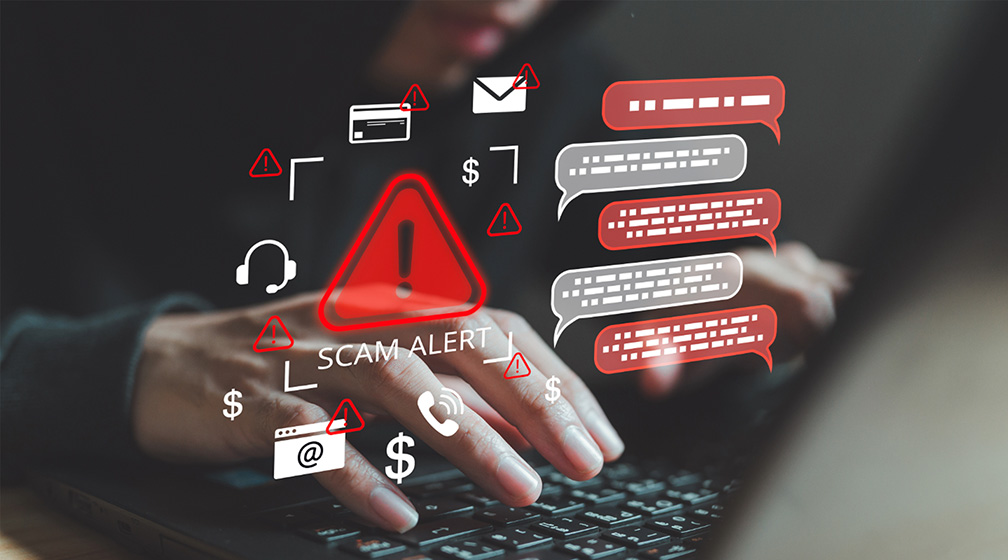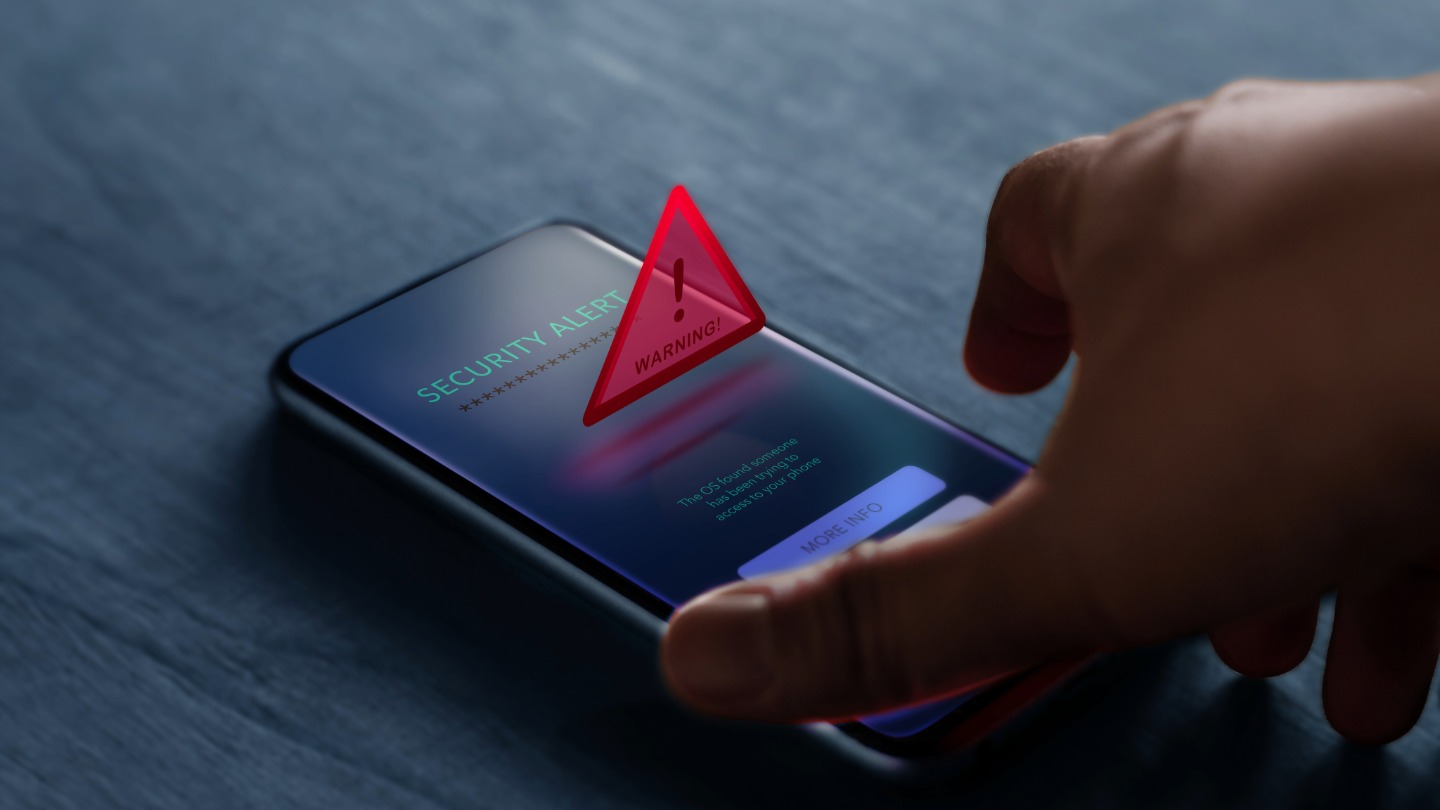
Identity theft is a common issue for millions of Americans: according to the Bureau of Justice Statistics, one in five individuals (22%) has experienced identity theft in their lifetime. The consequences of identity theft range from financial losses and damaged credit scores to expensive, time-consuming recovery efforts and even negative mental health outcomes.
Identity theft protection is simply the process of trying to protect your identity – by preventing identity theft, putting a stop to fraud when it occurs, and recovering your identity if you become a victim. There are many ways you can protect yourself, including DIY methods on your own and working with a trusted identity protection service.
The Threat of Identity Theft
Identity theft is more prevalent than you might think, especially in recent years. Nearly one-third of Americans (33%) has faced an attempt to steal their identity at some point. In 2021 alone, 9% of U.S.adults (23.9 million people) became victims of identity theft. And in 2022, the potential losses from identity theft cases grew to $10.2 billion.
Your personal information could be compromised without you knowing something is wrong, and identity theft can follow quickly. One study by cybersecurity researchers Agari found that 20% of accounts compromised in a data breach are accessed within an hour, and another 40% are accessed within six hours.
What Are the Consequences of Identity Theft?
Identity theft can take many forms, all of which can have long-term negative impacts for your finances, credit, and even your mental health. Here are some of the potential consequences of identity theft:
Financial Losses
According to the FBI’s Internet Crime Report, fraud caused over $10.2 billion in potential losses in 2022. And beyond the initial monetary losses, untangling identity theft and recovering your identity can cause additional out-of-pocket expenses, such as paying for lawyers or financial advisors.
Lost Time
Recovering from identity theft takes time – how long depends on the type of fraud, the length of time it occurred, and the extent of the damage to your identity. For example, a stolen credit card or debit card might be resolved quickly with your bank or credit card company. But if your Social Security number was used to open fraudulent accounts, restoring your identity could take months or even years.
Damaged Credit Score
Identity theft can damage your credit when someone uses your identity to open new accounts in your name. When fraud appears in your credit report, it can lower your credit score and make it more difficult for you to qualify for credit (you may also have to pay higher interest rates). You could even have trouble getting a job, renting from certain landlords, or qualifying for affordable insurance. All these factors can harm your long-term economic stability and prevent you from reaching your financial goals.
Emotional Distress
Think the only consequences of identity theft are financial? In reality, victims of fraud can experience symptoms of emotional distress, known as “fraud trauma syndrome.” Mental health issues for identity theft victims can include depression, anxiety, and even thoughts of self-harm.
Actionable Steps to Protect Yourself
You can take actionable steps now to protect yourself and lower your risks from identity theft:
Step 1: Monitor Your Credit
Some forms of identity theft may show up on your credit report, which can be the first indicator that a crime has occurred. Regularly checking your credit report can help you identify signs of fraud and respond quickly to prevent further damage.
When you check your credit report, review the information in it closely to look for accounts you didn’t open or loan applications you never submitted. You can review your credit report regularly on your own or sign up for credit monitoring with an identity theft protection company (more on that in a moment).
Step 2: Strengthen Your Online Security
Take steps now to strengthen your online security and reduce the chances of becoming a victim. Proactive online security measures include:
- Update your software. Developers release updates and patches to improve security for devices, operating systems, and apps. Make sure you’re installing recent updates, including phone software updates.
- Use strong passwords. You should have a strong, unique password for every online account. Consider using a password manager to automate the process of creating strong passwords.
- Set up multi-factor authentication (MFA). MFA gives you an additional layer of security at the point of login. Set up MFA for your online accounts to put up an extra roadblock for criminals.
- Avoid phishing scams. Don’t assume that anyone who emails, texts, or calls you is really who they say they are. Don’t click links or download attachments without verifying them first.
- Don’t overshare on social media. Be careful with the information you share online, because it could be used to commit fraud, including account takeover. Sensitive information includes your full name, location, and other details.
- Use secure networks. When you connect your devices to unsecured Wi-Fi networks in public, the information you send and receive is vulnerable. Only connect to secure, password-protected networks and consider staying on your mobile network when you’re out in public.
- Use a virtual private network (VPN). VPNs mask your IP address and encrypt your online data to help you stay anonymous on the internet. This can help protect you from criminals.
- Use antivirus software. Use antivirus software on your devices to protect yourself from malware, ransomware, and other digital threats. Many operating systems come with built-in antivirus protection, and you can add more protection with paid software subscriptions.
Step 3: Keep an Eye on Your Financial Statements
Pay attention to the activity in your financial accounts, like your bank account, credit card, and retirement savings accounts. Make sure to review the financial statements you receive to look for suspicious withdrawals or unauthorized transactions. If you find something suspicious, report it to the financial institution immediately.
Step 4: Protect Your Family
While it’s important to protect your own identity, you also need to consider your family – as children, the elderly, and other family members are also vulnerable to identity theft. For example, 1.25 million children are affected by identity theft each year. And seniors may get targeted because of retirement savings, government benefits, and a vulnerability to certain types of scams.
Make sure to extend the measures that you take to protect yourself to your family, as well. And if you sign up for an identity theft protection service, look for one with a family protection plan to keep your loved ones safe.
Learn more about family identity theft protection from IdentityIQ.
Step 5: Stay Informed
Pay attention to data breaches and identity theft stories in the news. It’s important to know when an organization has experienced a data breach, especially if it maintains personal information about you. Plus, staying on top of identity theft methods can help you spot scams and stay vigilant against threats.
How IdentityIQ Can Help You Stay Protected
Identity theft protection with IdentityIQ goes above and beyond simple credit monitoring. We offer a comprehensive suite of services to help you avoid identity theft and quickly respond to threats when they happen:
- Credit Monitoring: We track the information on your credit report to look for suspicious activity. You get notified whenever the credit bureaus make changes to your credit profile.
- Credit Reports and Credit Scores: We provide you with regular copies of your credit reports and credit scores so you always know the state of your credit. This can help you avoid fraud and work on building strong credit.
- Identity Theft Monitoring: We monitor public and private databases, your Social Security number (SSN), and more aspects of your identity to look for warning signs of identity theft.
- Identity Theft Insurance: You receive coverage for up to $1 million in losses4, legal fees, lost wages, and other expenses related to identity restoration. And your dependent kids also get coverage for up to $25,0004.
- Identity Restoration: When you experience identity theft, our team of experts can step in to report fraud, dispute information on your credit reports, file insurance claims, and more.
- Online and Device Security: Get access to anti-virus software and a VPN to keep you and your family safe on up to ten devices.
- Dark Web Monitoring: Criminals often turn to the dark web to sell stolen data. We search the dark web for your personal information and notify you if we find anything.
With all these features combined, IdentityIQ provides comprehensive identity theft protection for yourself and your family members. You can proactively watch out for signs of identity theft and quickly recover when fraud occurs – all with the assistance of identity theft protection experts.
Bottom Line
Identity theft is a common threat that can have serious consequences for your finances, credit, and emotional well-being, so it pays to start protecting your identity now.
Taking steps to protect your identity is essential, but even the most cautious person can’t catch everything. For complete coverage and rapid action when fraud strikes, trust IdentityIQ to help keep you one step ahead of identity thieves.
Don’t leave the safety of your identity up to chance. Get started now to keep yourself safe.







